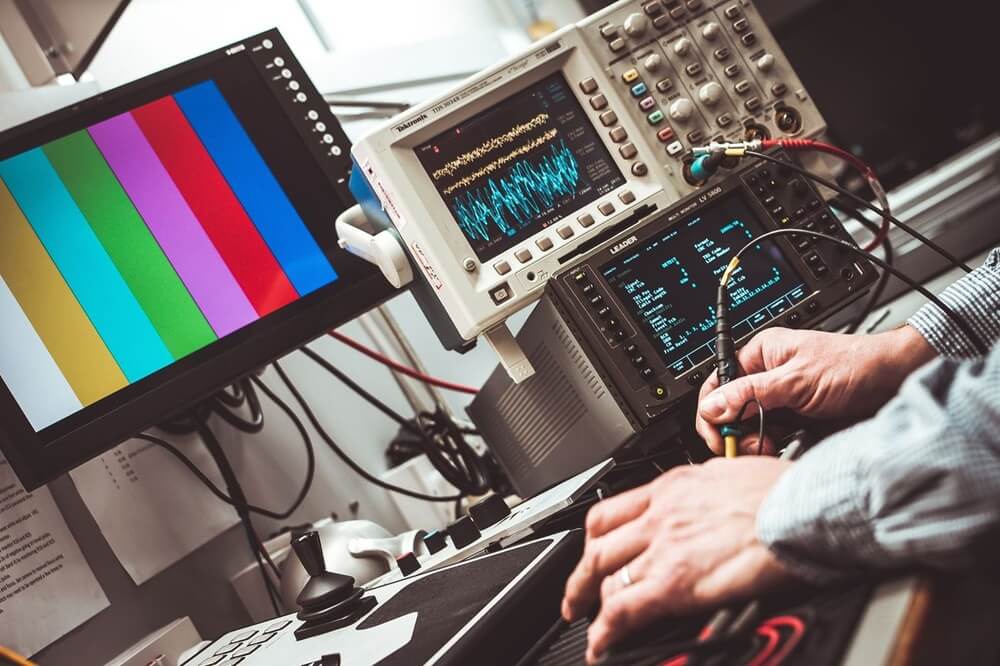Technology has become so deeply rooted in our daily routines that we barely notice it anymore — until something stops working. From smart home devices to medical equipment and cars, almost every modern machine operates using embedded systems.
These invisible systems power our coffee makers, thermostats, fitness machines, hospital scanners, and even the traffic lights we stop at. In 2025, embedded technology is not just convenient — it’s essential for comfort, safety, automation, and innovation.
Let’s explore how embedded systems impact everyday life, why they are becoming more important globally, and where we interact with them without even realizing it.
What Is Embedded System Software?
Embedded system software is a specialized program built to control the hardware within a device.
It manages sensors, processors, memory, and communication modules to ensure the device works smoothly, reliably, and efficiently.
In simple words:
Embedded systems = mini-computers inside machines that make them “smart.”
You’ll find them in devices we use daily — from microwaves and elevators to ATMs, smartwatches, cars, robots, and telecom equipment.
Modern embedded systems include:
- Microcontrollers
- Real-time operating systems (RTOS)
- IoT modules
- AI-enabled processors
- Edge-computing chips
In 2025, the global embedded systems market is worth over $130 billion and is growing at 6–8% annually (Statista Embedded Systems Outlook 2025).
Everyday Applications of Embedded Systems
1. Embedded Systems in Home Automation
Smart homes depend entirely on embedded systems.
They help devices communicate, perform actions automatically, and execute tasks without human effort.
Common examples include:
- Smart TVs
- Digital cameras
- Refrigerators & freezers
- Air conditioners with smart temperature sensors
- Robotic vacuum cleaners
- Microwave ovens
- Smart speakers & assistants
- Gaming consoles
- Smart security cameras and alarms

These devices work with or without internet connectivity because their embedded software manages the internal logic and hardware.
2. Embedded Systems in Public Safety & Global Infrastructure
Governments worldwide rely on embedded systems to enhance public safety, surveillance, and automation in cities.
Examples include:
- Smart traffic control systems
- Smart parking sensors
- Air-quality and pollution monitoring stations
- Disaster-alerting systems
- Security surveillance networks
- IoT-based street lighting
- These systems help create smart cities — safer, more efficient, and better connected.
3. Embedded Systems in Medicine & Healthcare
Modern healthcare is impossible without embedded software.
Hospitals depend on precision machines that run on embedded systems.
Common medical devices using embedded systems include:
- Thermometers
- Heart rate monitors
- Insulin pumps
- Digital X-ray machines
- ECG and EEG machines
- Ultrasound scanners
- Ventilators and infusion pumps

According to Deloitte’s HealthTech Report 2025, over 90% of modern medical equipment now runs on embedded technology, improving accuracy and patient care.
If businesses want to adopt such solutions, embedded software development services can support custom medical device development.
4. Embedded Systems in Automobiles
Modern vehicles are basically computers on wheels.
More than 70% of car components rely on embedded systems — and this is increasing with electric and autonomous vehicles.
Automotive applications include:
- Anti-lock braking systems (ABS)
- Airbag control units
- Cruise control
- Engine control modules
- Automatic transmission
- Parking sensors
- Touchscreen infotainment systems
- Lane-assist and autopilot features

With the rise of EVs and self-driving tech, embedded systems are becoming even more advanced and AI-integrated.
5. Embedded Systems in Manufacturing Industries
Industries use embedded systems to run machinery, robotics, and production lines with precision.
Examples include:
- Industrial robots
- Automated assembly lines
- Predictive maintenance systems
- Smart sensors
- Quality-control automation
- IoT-driven monitoring dashboards
Manufacturers rely on these systems to reduce errors, increase efficiency, and scale production — key factors in global competitiveness.
In 2025, 63% of factories are transitioning into smart manufacturing with embedded and IoT technologies.
Why Embedded Systems Are Dominating the World
Embedded systems are everywhere for a reason — they offer massive advantages:
- High accuracy
- They perform tasks with precision, reducing human error.
- Faster processing
- Automated systems improve speed and reliability.
- Low power consumption
- Embedded devices are designed for efficiency.
- Real-time response
- They react instantly to input (critical in cars, medical devices, and machines).
- Smaller, smarter, cheaper
Advances in microcontroller technology make devices more compact and affordable.
Easy integration with IoT & AI
Modern embedded systems now support smart connectivity, enabling real-time communication and automation.
The world is moving toward smart everything — smart homes, smart cities, smart cars, smart healthcare — all fueled by embedded technology.
Final Thoughts
Embedded systems have silently taken over our daily lives — and for good reason.
They make devices smarter, faster, safer, and more efficient.
From home appliances to hospitals, cars to manufacturing plants, embedded technology plays a critical role in almost every modern innovation.
As we move further into a fully connected world, these systems will continue to shape how we live, work, travel, and interact with everyday devices.
Their impact is massive — and it’s only growing.





